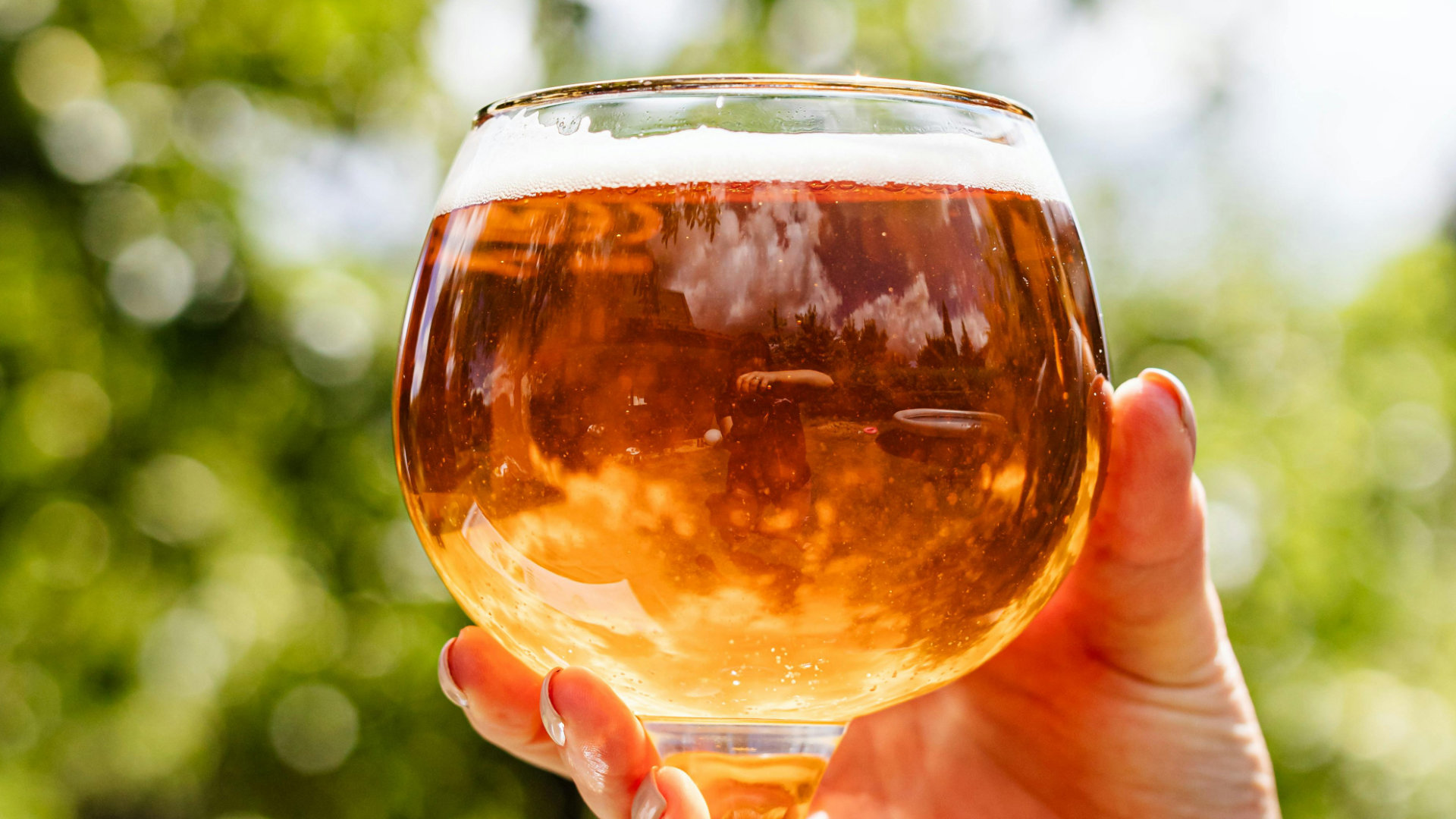Brewers often obsess over the beginning - grain bills, mash schedules, yeast selection - but it’s the end of fermentation, the final (or ‘finishing’) gravity (FG), that speaks loudest in the glass. Final gravity represents the residual sugar left after yeast has done its work, and it’s the metric most responsible for a beer’s mouthfeel, sweetness, and balance. From plush imperial stouts to bone-dry saisons, it’s the number that tells the story of fermentation.
As yeast digests fermentable sugars and yields alcohol and CO?, the density of the liquid drops. The FG gives brewers insight into how far fermentation went, how well the yeast performed, and what kind of sensory profile awaits in the final product.
Yet despite the name, final gravity isn’t a finish line but a decision point. One where context is everything. For example, a beer that stalls at 1.022 might be considered under-attenuated in a pale ale, yet perfectly acceptable, or even desirable, in a Belgian dubbel.
*Diastaticus yeast strains carries a gene called STA1, which enables the yeast to produce glucoamylase, an enzyme that breaks down complex sugars (like dextrins) that regular yeast can’t ferment. This means it can continue fermenting sugars long after the primary fermentation is complete and contributes to the dry, spicy, and fruity profile of styles like saison
Take, for instance, the classic American IPA. Typically, it lands between 1.010 and 1.015 - dry enough to spotlight hop bitterness without feeling thin. Drop below 1.010 and you risk stripping away body; rise above 1.015 and the sweetness may dull those bright hop notes. Now contrast that with an imperial stout, often finished anywhere from 1.020 to 1.030. Here, the residual sugars aren’t flaws they’re the silky backbone that supports roasted malt, coffee bitterness, and boozy warmth. High FG, in this context, is part of the indulgent characteristic of the style.
Belgian styles complicate the story further. Saisons, especially those fermented with diastaticus* strains, often finish around 1.002–1.006, delivering the characteristic bone-dry snap. Yet dubbels and tripels, despite similar yeast lineages, frequently end closer to 1.015–1.020. It’s the interplay of sugar additions, alcohol warmth and esters that balances those higher final gravities. These styles remind us that FG isn’t about dryness alone - it’s also about balance, perception, and structural harmony.
Modern hazy IPAs have rewritten rules, too. With their lush body and creamy texture, they often finish higher - say 1.016 or even 1.018 - but taste drier than expected thanks to hop oils and biotransformation. Perceived sweetness doesn’t always track linearly with FG though, which is why sensory evaluation matters as much as refractometers.
So how does a brewer decide when to stop the fermentation stage? It’s part science, part intuition. Gravity readings taken 48 hours apart are essential, of course, but taste, mouthfeel and target style guide the final call. Some chase extreme attenuation, others opt for plush textures and a sweeter finish. FG isn’t a right answer - it’s a palette choice.
The final gravity number printed on your recipe sheet is just that: a suggestion. The real art lies in knowing how that number feels on the tongue, what it expresses about your yeast’s journey, and how it harmonises with your beer’s intentions. Because when the last bubbles rise and the yeast rests, it’s not about how dry or sweet your beer is, it’s about how complete it tastes.
Fermentation Facts
What Are OG and FG?
Original Gravity (OG): The density of the wort before it’s fermented into beer. It tells you how much sugar is available for the yeast to convert into alcohol.
Final Gravity (FG): The density of beer after fermentation. It shows how much sugar remains and helps estimate alcohol content and mouthfeel. It can also indicate whether fermentation has finished or stalled: if FG is too high, it might signal stuck yeast or incomplete fermentation. If, however, FG is stable over several days your fermentation is done.
Both OG and FG are measured using a hydrometer or refractometer.
Alcohol by Volume (ABV): Indicates the percentage of the drink’s total volume that is pure alcohol. You can estimate ABV using the formula:
ABV = (OG – FG) x 131.25
There are also online calculators to help with this.











